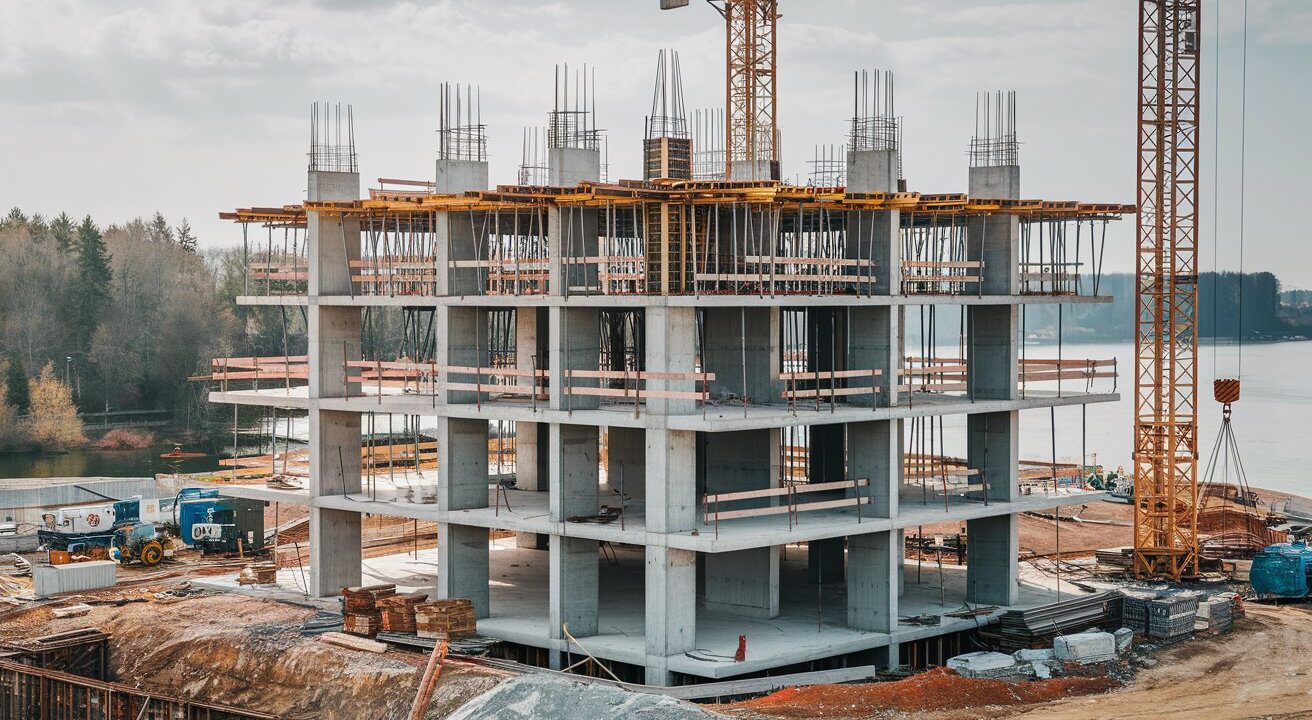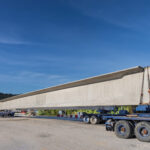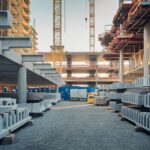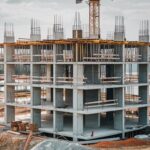How Structural BIM (Building Information Modeling) changes the game for investment decisions.
We’re not talking pie-in-the-sky promises or some tech guru buzzwords here. This is about making real-world choices that don’t just look good on paper but hold up 10, 20, or even 50 years down the line.
The Structural BIM is like that friend who doesn’t just tell you what you want to hear but gives you the hard truths and actionable advice—backed by data.
The Big Picture: Why Structural BIM is a Game-Changer
Imagine you’re building a new office block, a dreamy skyscraper, or even a fancy sports arena. The stakes are high, right?
Materials cost a fortune, labor doesn’t come cheap, and one wrong decision can have you paying for it—literally—for decades. That’s where Structural BIM steps in. It’s not just about pretty 3D models; it’s about seeing how every beam, column, and concrete pour will impact your budget, your carbon footprint, and your long-term profits.
Structural BIM takes everything into account—material strengths, costs, lifecycle impacts, and even how the structure will perform in 10 or 15 years. It’s like having a crystal ball, but way cooler and, you know, actually accurate.
A Personal Take: Learning the Hard Way
We once worked with a client (let’s call him Dave) who came to us after his project hit a wall—literally and figuratively. Dave was halfway through building this gorgeous multi-story parking garage. On paper, his initial designs looked solid, but there was a massive flaw: the material choices. He’d gone with cheaper steel to save upfront costs, not realizing the long-term maintenance would chew through his savings faster than a kid in a candy store.
When we ran the project through Structural BIM, the results were as clear as day. We showed him how swapping to a more durable (albeit slightly pricier) material would save him millions in maintenance over 30 years. And guess what? He made the change. That parking garage is now not only structurally sound but a shining example of how upfront analysis can prevent costly mistakes.
Material Selection: It’s Not Just About Price Tags
Think of material selection as choosing between fast fashion and high-quality staples for your wardrobe. Sure, the cheaper stuff works for a season, but if you’re thinking long-term, you’ll go for pieces that last. Structural BIM helps clients do just that—choose materials that balance upfront costs with durability and lifecycle efficiency.
Here’s an example: You’re choosing between reinforced concrete and steel for your project. With BIM, you’re not just looking at the cost per ton. You’re analyzing factors like:
- Maintenance needs: How often will this need repairs?
- Energy impacts: How does this material interact with insulation or heating systems?
- Recycling potential: Can you reuse it down the line, or is it landfill-bound?
The insights from BIM can be eye-opening. Sometimes, the priciest option isn’t the best investment, but the cheapest isn’t either. It’s all about finding that sweet spot.
Long-Term ROI: Beyond the Dollar Signs
Let’s get real—ROI isn’t just about dollars. It’s also about reputation, sustainability, and community impact. Investors these days care about more than just profit margins. They’re looking for projects that are eco-friendly and future-proof. Structural BIM lets you quantify these things. How much energy will this building consume over its lifetime? How will it stand up to earthquakes or floods? BIM answers these questions with hard numbers, not just educated guesses.
Remember that famous saying, “You can’t manage what you can’t measure”? With BIM, you can measure everything—carbon emissions, energy efficiency, repair cycles—and use those metrics to make decisions that make sense, not just for your wallet but for the planet.
Storytime: When BIM Saved a Local Landmark
A few years ago, our team worked on a project for a small town renovating its century-old library. Everyone was emotionally tied to the place—think “It’s a Wonderful Life” vibes, but with fewer angels and more budget cuts. The big dilemma? Should they retrofit the structure or tear it down and start fresh?
The town was split. Retrofitting seemed risky, and a new building meant losing history. We ran both scenarios through Structural BIM, analyzing costs, energy efficiency, and even how each option would impact the town’s energy grid.
The result? Retrofitting won by a landslide. Not only was it more cost-effective, but the energy efficiency upgrades we recommended cut the building’s operating costs in half. The library is now a shining example of blending old-world charm with modern sustainability—and it’s become a local tourist spot, bringing in revenue for the town.
Energy Efficiency: The Unsung Hero of Structural BIM
Energy costs are sneaky. They start small but pile up like a stack of unopened bills. With Structural BIM, you can catch these costs early. For example, BIM lets you see how design tweaks—like optimizing window placement or adding shading devices—can slash your energy bills. And it’s not just about savings; it’s about creating spaces that people actually want to be in. No one wants to sit in an office that feels like a sauna in July or an icebox in January.
BIM also lets you simulate scenarios, like how different HVAC systems perform under various loads. Think of it like test-driving a car before buying it—except instead of a car, it’s your building’s energy system.
Let’s Get Practical: How BIM Builds Confidence
At the end of the day, Structural BIM isn’t just a tool; it’s a confidence booster. It takes the guesswork out of critical decisions and lets you walk into meetings armed with data-backed answers. Whether you’re pitching to investors or collaborating with architects, BIM makes you look like the smartest person in the room.
And hey, isn’t that what we all want? To know we’re making decisions we can stand behind—not just today but for decades to come?
Wrapping It Up: Why You Need BIM in Your Corner
Here’s the bottom line: Structural BIM isn’t just for architects or engineers. It’s for anyone who cares about making smarter, more sustainable investments. Whether you’re building a library, a parking garage, or the next big skyscraper, BIM helps you see the big picture—without losing sight of the details.
So, what do you think? Are you ready to take the leap into smarter decision-making with BIM? Or are you still clinging to old-school spreadsheets and crossed fingers? Let’s talk—because the future of building is here, and it’s all about making choices you won’t regret.








